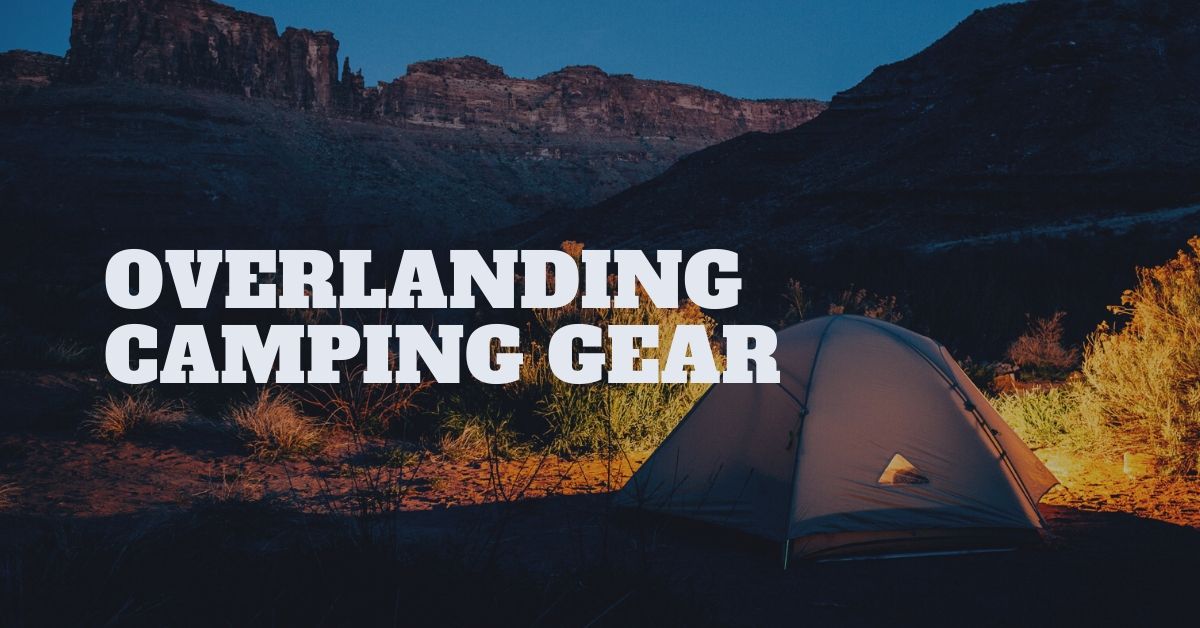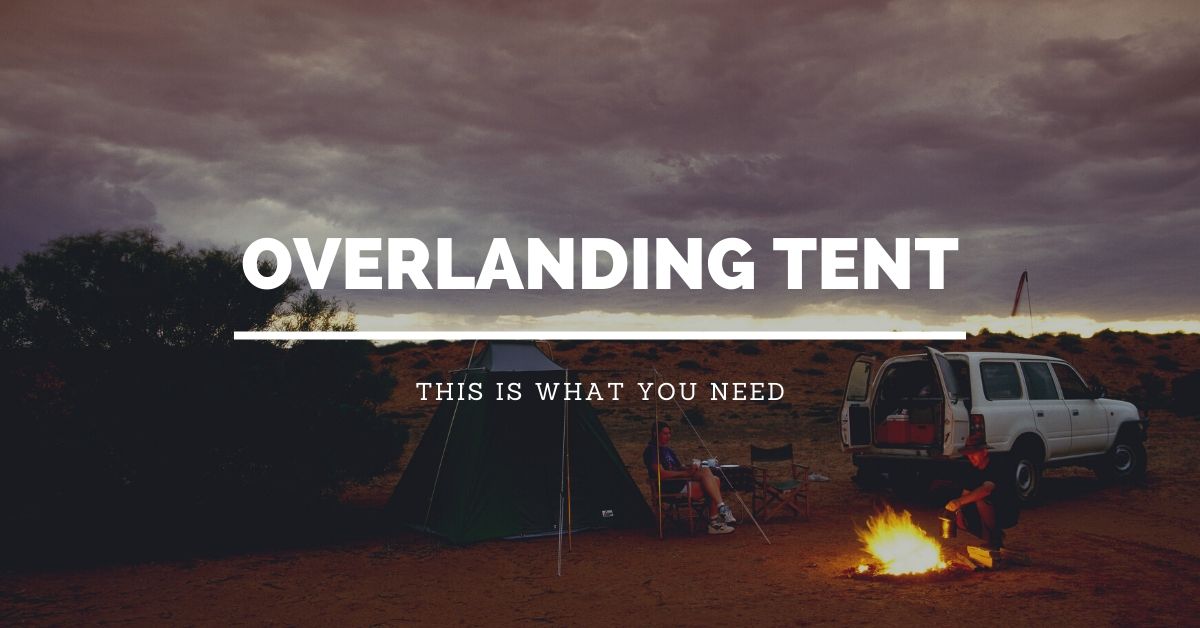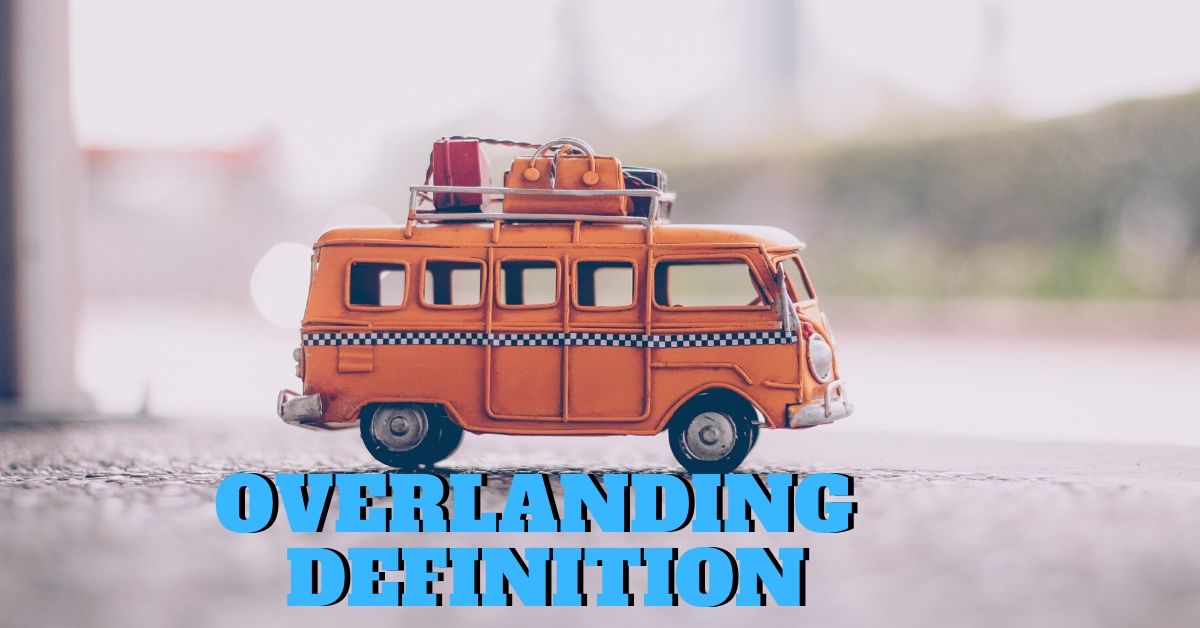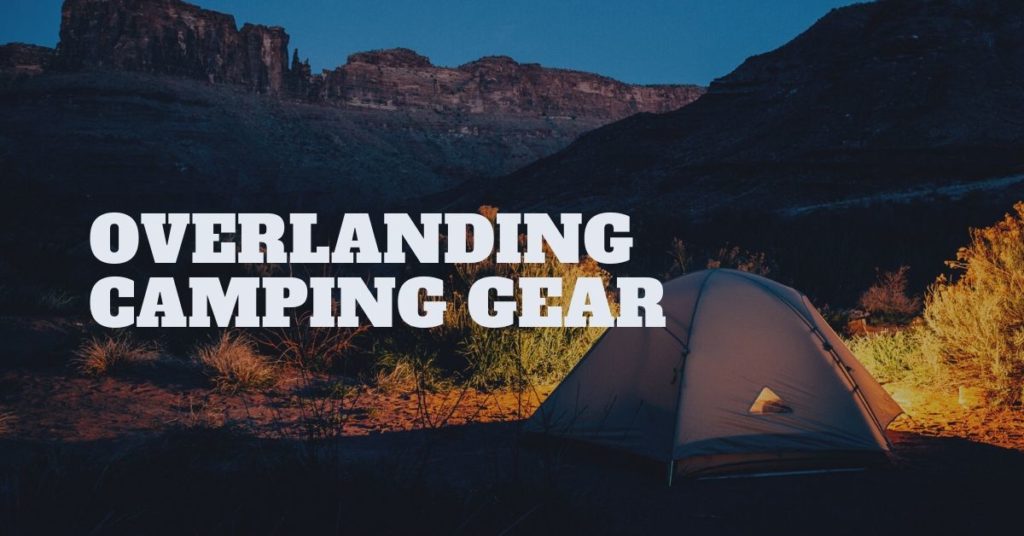
The function of overlanding camping gear is the same as any other camping gear except that the considerations of size and weight may be different. Because overlanding usually involves a vehicle, the weight of the camping gear can be measured in pounds rather than ounces. And while size is an important consideration, it’s more an issue of storage instead of overall size.
Overlanding Gear Categories
Overlanding camping gear categories are roughly the same as car camping and backpacking with the addition of both luxury options (camp chairs, cot, larger sleeping bags, pillows), and kitchen options, depending on taste of course (pun intended).
The camping portion of overlanding involves a sleep system. Whether in-vehicle, tent, or overlanding trailer, the essentials are a pad, sleeping bag or blanket system, and comfort items. Overlanding kitchen camping gear include stove, cooking gear, serving and eating gear and hygiene. Stoves range (again, pun intended) multi-burner with external propane tank, to tiny lightweight backpacking stoves. Consider the kind of cooking you like (full meal prep or boiling water for Mountain House), the number of people which equates to both stove on-time and fuel use, and overall durability. Lightweight backpacking stoves are not the most durable, and require care with use, and more maintenance compared to larger stoves.
Outerwear for overlanding is another camping consideration. The limited space of the overlanding rig requires attention to how clothing can be combined for multi-use just as with backpacking. Further, the more individual items you pack, the more you have to manage, and the more you can lose as you drive off while your $300 Patagonia down coat hangs on a pine tree airing out.
